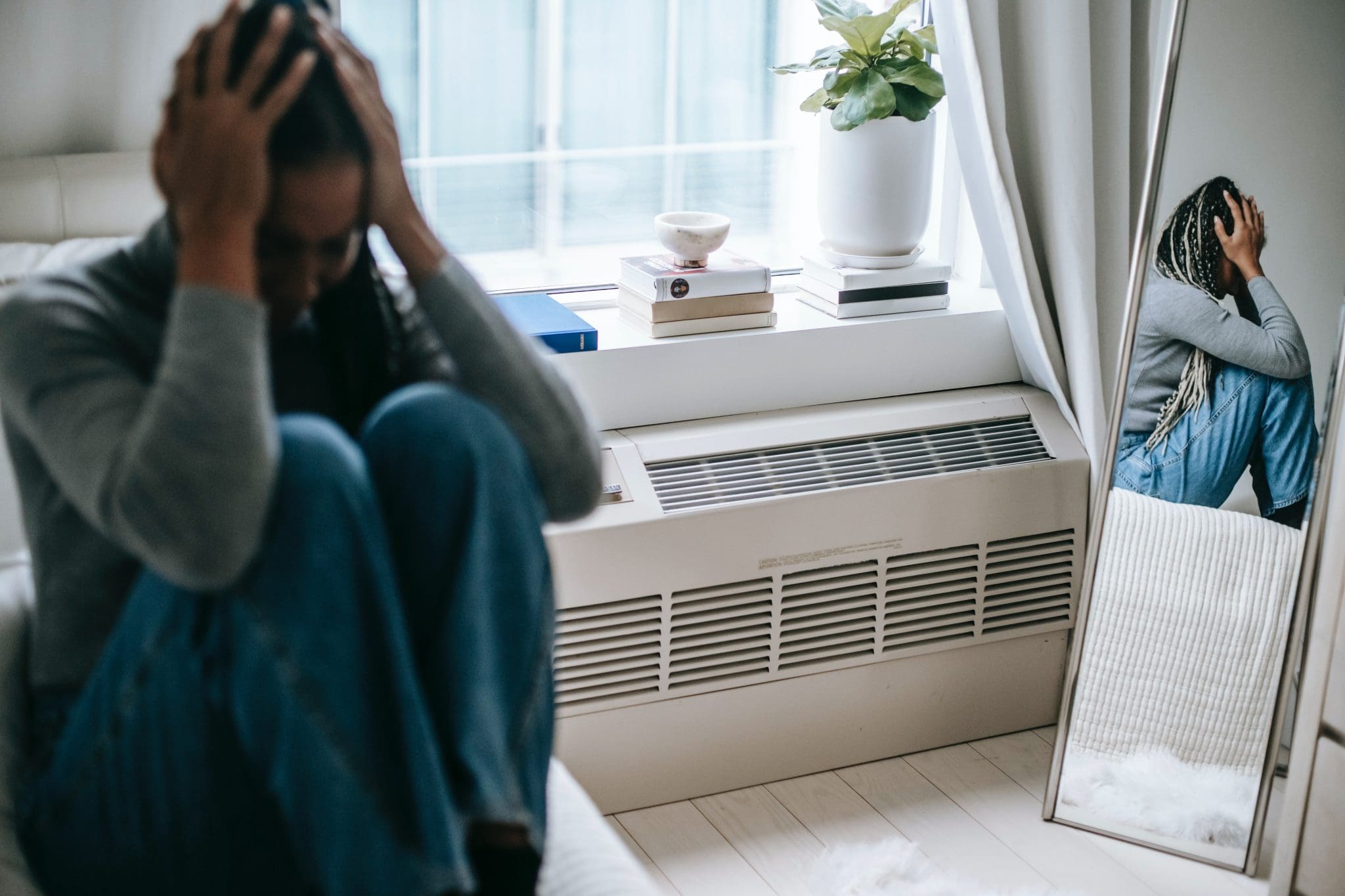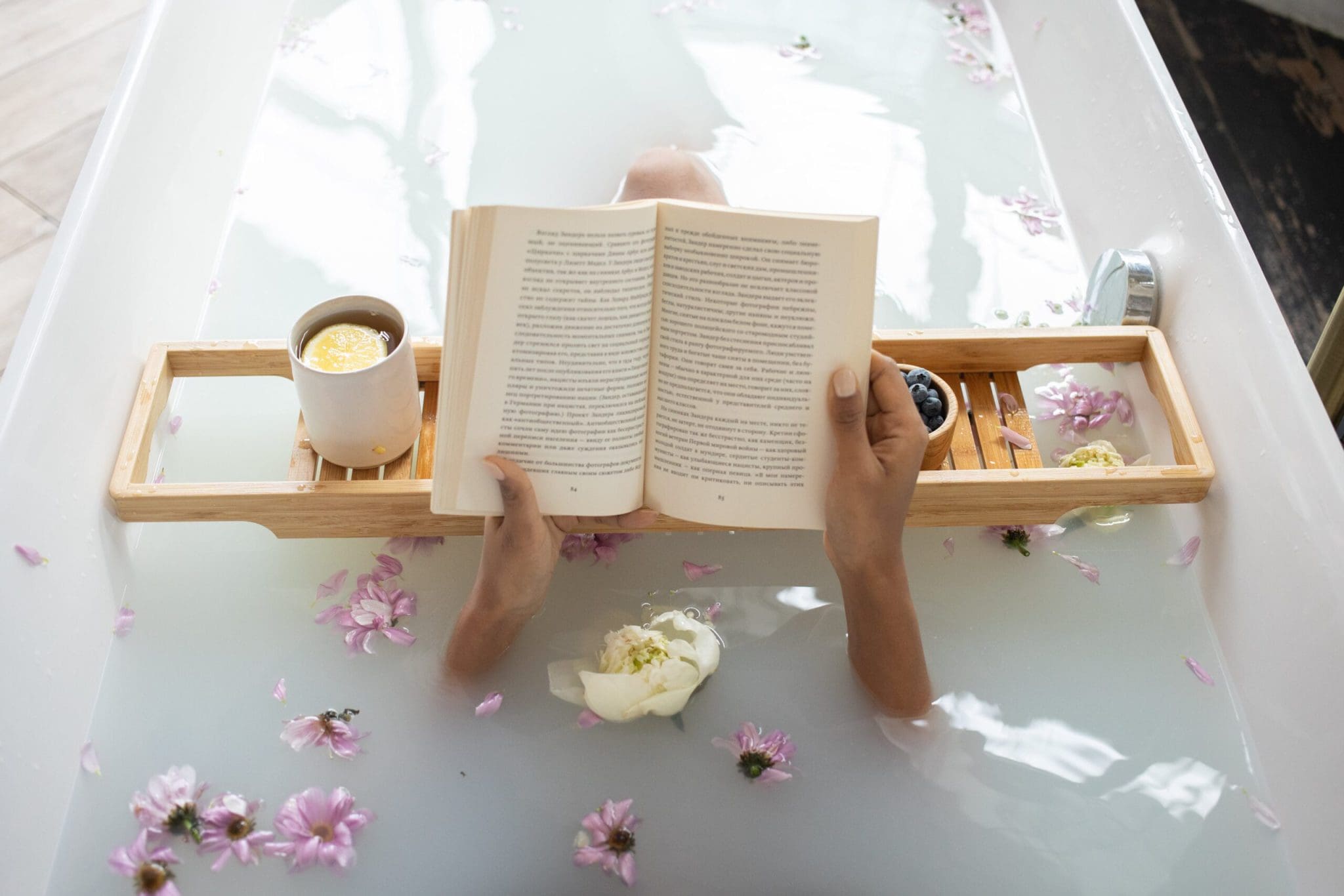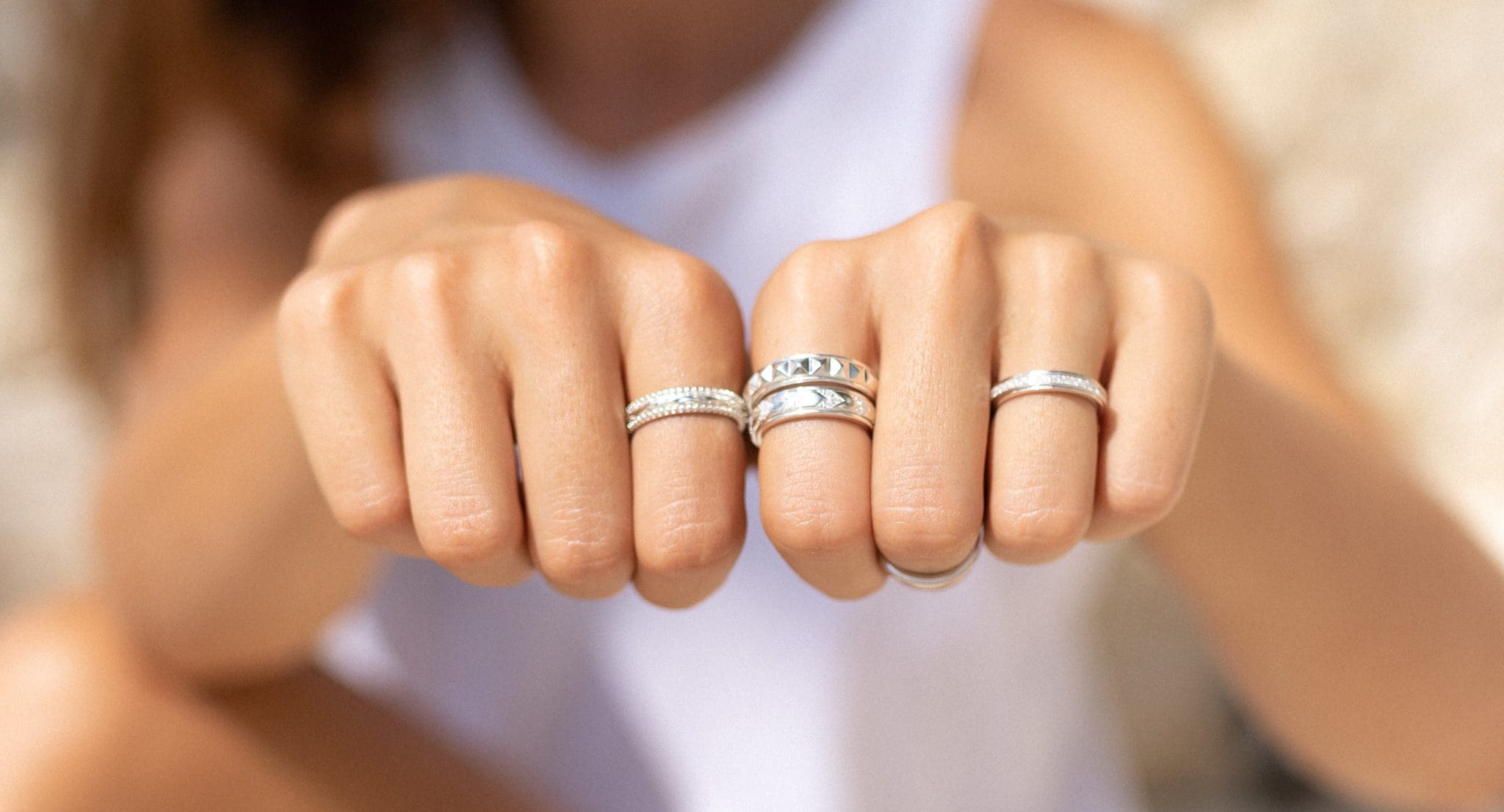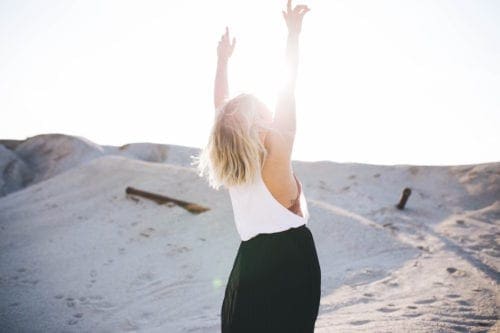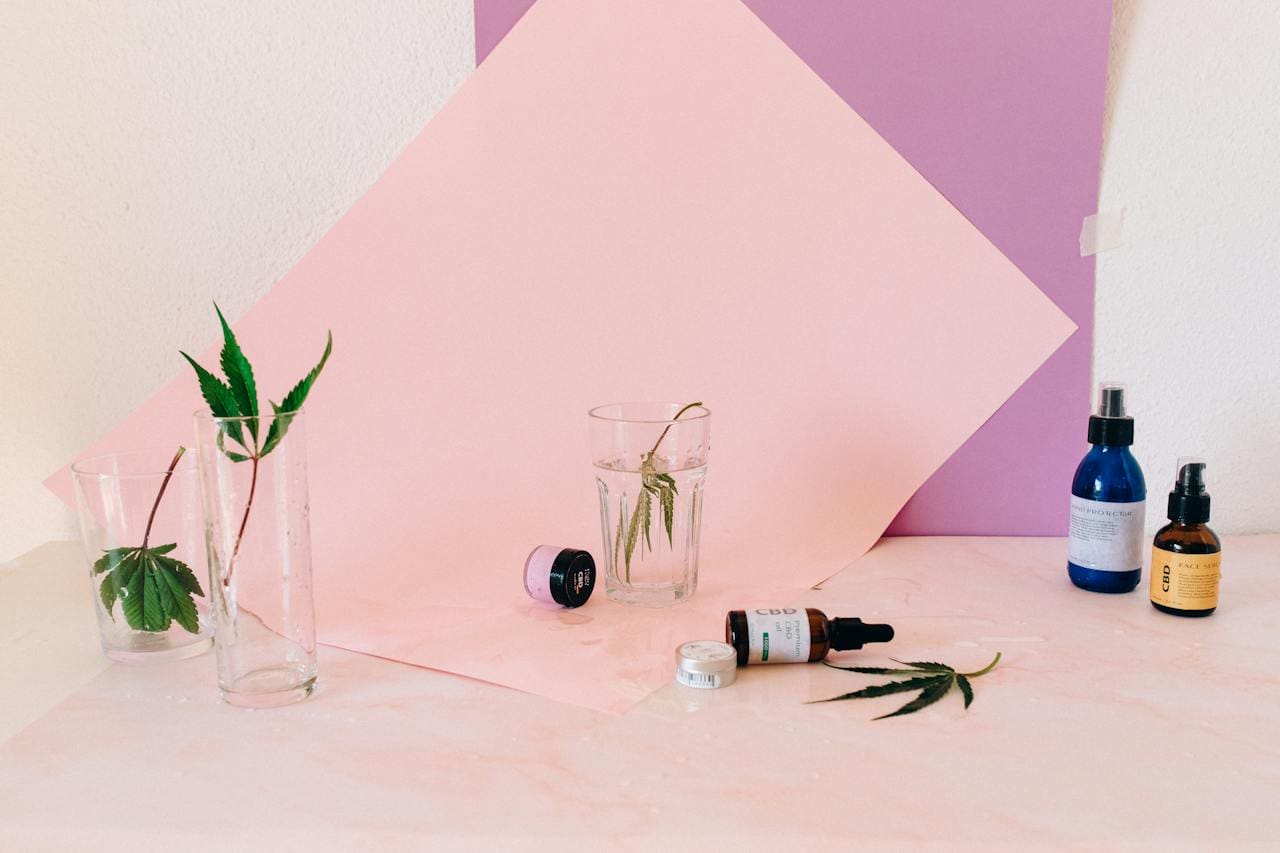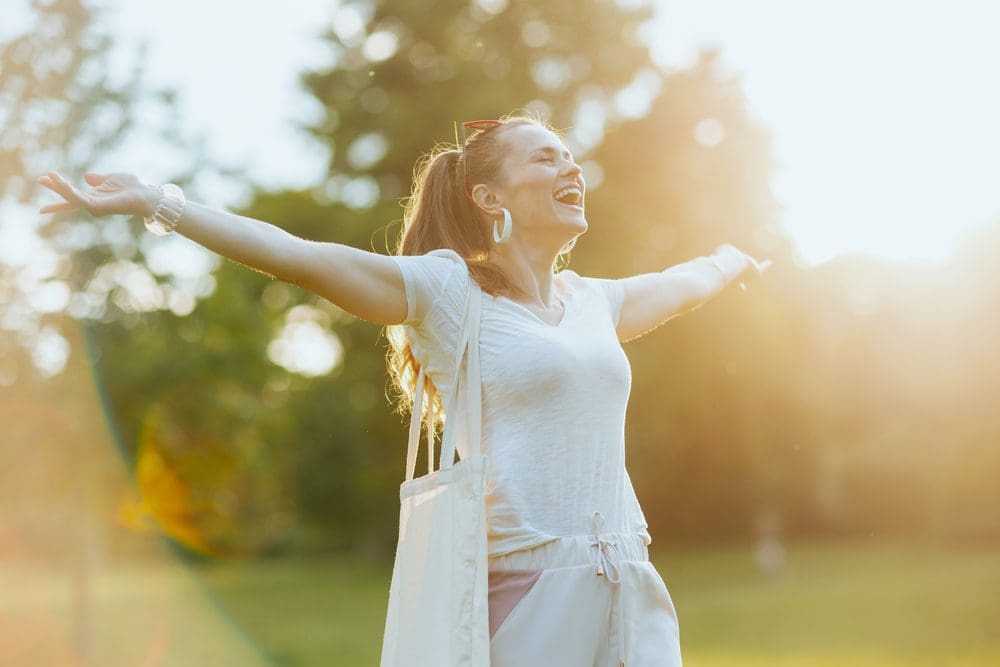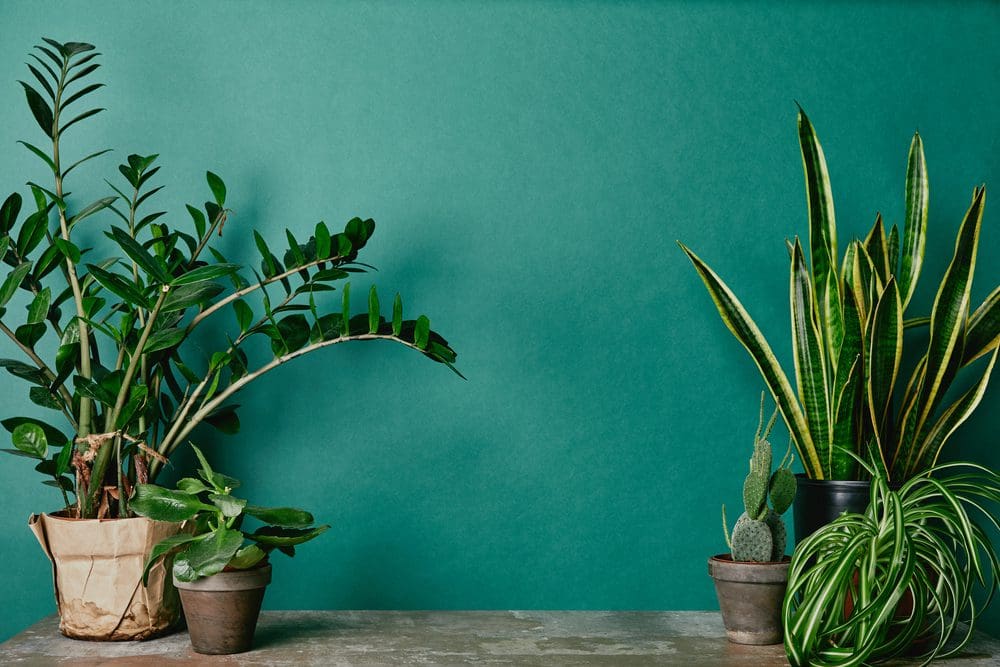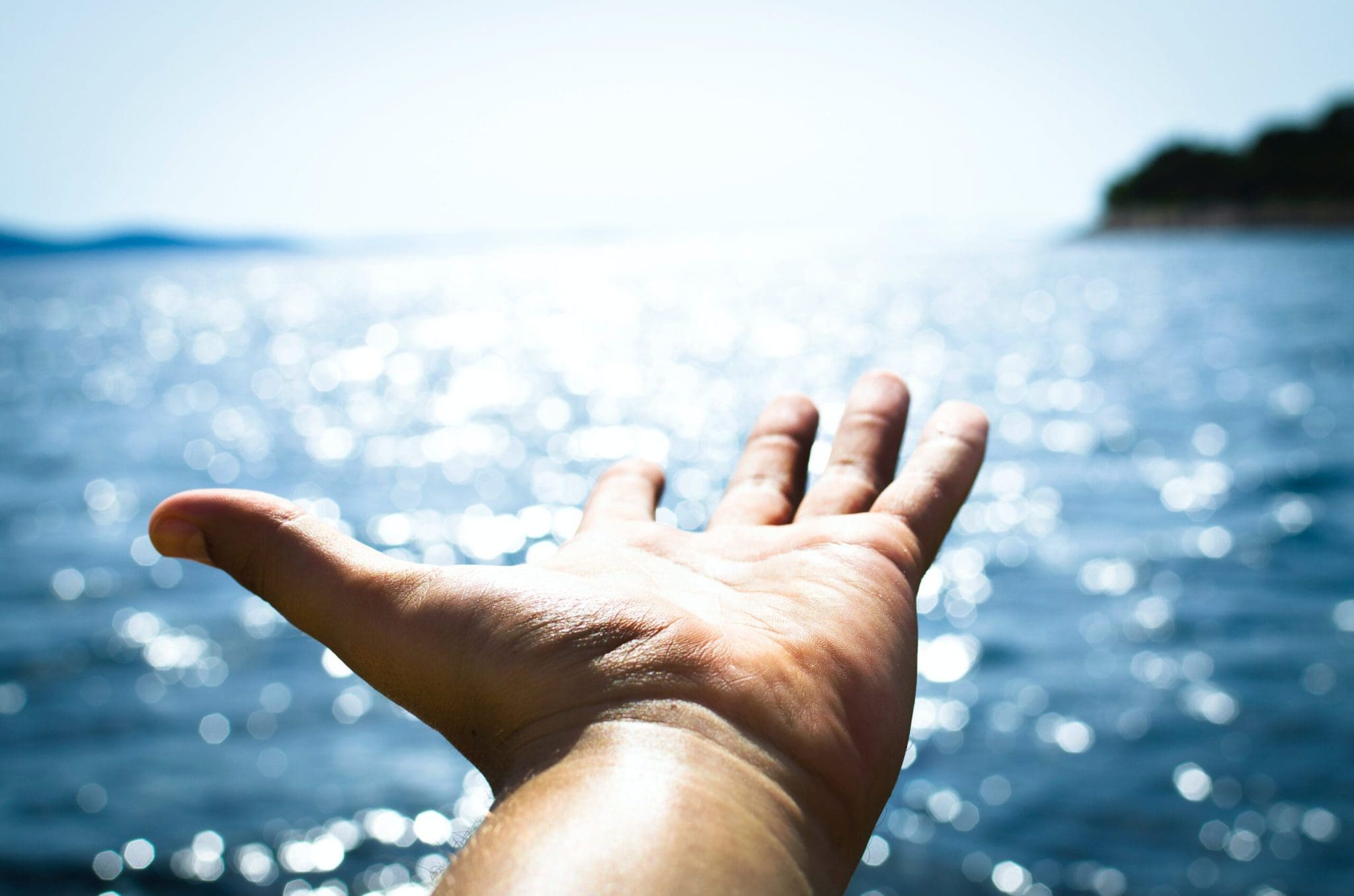Full Disclosure: Clicking on these links could mean a tiny commission for me, at no extra cost to you.
When the days grow shorter and the nights longer, many people feel their mood start to dip. If you find yourself feeling more irritable, fatigued, or downright blue during the colder months, you might be experiencing seasonal affective disorder (SAD). The good news? Phototherapy for seasonal depression, often called SAD light therapy, has proven to be an effective tool for combating these symptoms. Let’s explore how this simple yet transformative treatment works and how it can help you rediscover balance and joy.
Advertisement
💚 Ready to Start Healing?
Therapy can change lives — and BetterHelp makes it easy. Get matched with one of 20,000+ licensed therapists and begin your journey from the comfort of home. Services start at just $65/week — no waiting rooms, no commute.
What is Seasonal Affective Disorder?
Seasonal affective disorder (SAD) is a type of depression that occurs at certain times of the year, typically in fall or winter. Symptoms often include:
- Low energy levels
- Difficulty concentrating
- Changes in appetite or sleep patterns
- Feelings of sadness, anxiety, or hopelessness
For many, the lack of natural sunlight is the primary trigger, disrupting the body’s natural circadian rhythm and lowering serotonin levels—a neurotransmitter responsible for mood regulation.
Why Anxiety Often Accompanies SAD
SAD isn’t just about feeling low; it often brings along heightened levels of anxiety. Worries about productivity, social withdrawal, and even physical symptoms like tension headaches can exacerbate the struggle. That’s where tools like seasonal affective disorder light therapy come in to provide relief.
What is Light Therapy and How Does It Work?
Light therapy, also known as phototherapy, is a non-invasive therapeutic approach that uses exposure to specific wavelengths of light to address various health conditions. This technique is particularly recognized as a primary treatment for Seasonal Affective Disorder (SAD), a type of depression that occurs at specific times of the year, usually in fall and winter.
The Science Behind Light Therapy
Phototherapy for seasonal depression involves exposure to bright light designed to mimic natural sunlight. This light stimulates serotonin production and triggers other chemical changes in the brain, affecting essential mood-regulating neurotransmitters. Light therapy for S.A.D. also helps regulate your body’s internal clock, improving mood and energy levels, while also addressing sleep-related issues, and even skin conditions.
What is a SAD Lamp?
A SAD lamp, also known as a seasonal affective disorder treatment light, emits a bright, UV-filtered light that’s safe for daily use. Positioned close to you during the morning hours, it can effectively “trick” your brain into thinking it’s experiencing a sunny day, even in the middle of winter.
Why Light Therapy Works for Anxiety
The calming effects of light therapy extend to reducing anxiety. By stabilizing serotonin levels and improving sleep cycles, light therapy can help alleviate the restlessness and tension that often accompany anxiety disorders.
Ready to Break Free from Depression?
Ketamine therapy offers a breakthrough solution for those struggling with treatment-resistant depression. With Better U, you’ll receive a safe, guided at-home experience tailored to your needs — with compassionate support every step of the way.
Take the free assessment and discover if ketamine therapy could be the next step in your healing journey.
Benefits of Light Therapy for Anxiety, Depression, and Overall Wellness
Light therapy, particularly through phototherapy for seasonal depression, has proven to be an effective tool for improving mental and emotional well-being. Its benefits extend beyond addressing seasonal affective disorder (SAD) to supporting anxiety relief, mood stabilization, and general health. Here’s a detailed look at its advantages:
1. Reduces Symptoms of Depression
- Increases Serotonin Production: Bright light exposure stimulates serotonin, the “feel-good” neurotransmitter, helping to alleviate feelings of sadness and hopelessness.
- Combats Seasonal Affective Disorder (SAD): It’s especially effective for individuals experiencing winter blues caused by reduced daylight hours.
2. Eases Anxiety and Restlessness
- Stabilizes Mood: Light therapy can calm overactive neural pathways, reducing the physical and mental agitation associated with anxiety.
- Improves Sleep Quality: By regulating your circadian rhythm, it promotes better sleep, which is essential for managing anxiety symptoms.
3. Boosts Energy Levels
- Combats Fatigue: Light therapy helps reset your internal clock, increasing energy levels and combating sluggishness during the darker months.
- Supports Productivity: A consistent light therapy routine enhances focus and motivation, helping you stay on top of daily tasks.
4. Enhances Emotional Well-being
- Improves Emotional Regulation: Regular exposure to light therapy helps balance mood swings and reduce irritability.
- Supports Overall Resilience: It helps you feel more emotionally grounded, especially during periods of stress or change.
5. Regulates Sleep Patterns
- Improves Sleep-Wake Cycle: By mimicking natural sunlight, light therapy aligns your circadian rhythm, leading to deeper, more restorative sleep.
- Reduces Insomnia: It’s particularly beneficial for individuals whose sleep is disrupted by anxiety or depression.
6. Complements Other Treatments
- Works Alongside Medication and Therapy: Light therapy enhances the effectiveness of antidepressants and psychotherapy by addressing physical contributors to mood disorders.
- Natural and Non-Invasive: It’s a drug-free option for those seeking holistic treatments.
7. Reduces Cognitive Fog
- Improves Concentration: Light therapy enhances alertness and mental clarity, making it easier to focus and stay present.
- Supports Brain Function: Better mood and regulated sleep contribute to sharper cognitive performance.
8. Promotes Overall Physical Wellness
- Supports Heart Health: By reducing stress, it indirectly lowers cortisol levels and supports cardiovascular health.
- Eases Chronic Fatigue Syndrome (CFS): Light therapy has shown promise in reducing symptoms of CFS and related conditions.
9. Enhances Quality of Life
- Boosts Social Engagement: Feeling better emotionally often leads to greater interest in social activities, reducing isolation.
- Supports Long-Term Wellness: Incorporating light therapy into your daily routine builds resilience against future mood dips and stress.
Advertisement
⚡ Access Treatment Right Now
→ Online Therapy – Talk to a licensed therapist today through BetterHelp. Affordable, private, and convenient therapy starting at $65/week. Take the Free Assessment to get matched now.
→ Digital Psychiatry – Connect with a provider in 12–48 hours via Hims/Hers. Explore FDA-approved medication options — no insurance required. Get Started Today.
Tips for Using Light Therapy Effectively
Selecting the best light therapy device is crucial for ensuring its effectiveness and safety. Consider the following factors when choosing a device:
- Intensity and Lux Level: Opt for a device that provides the recommended intensity of light, usually around 10,000 lux, to ensure therapeutic benefits.
- UV Filtration: Ensure the device has effective UV filtration to shield against harmful ultraviolet rays, prioritizing safety during use.
- Size and Design: Choose a device that fits your lifestyle. Some may prefer smaller, portable devices, while others may opt for larger light boxes that cover a wider field of vision.
- Adjustability and Controls: Look for devices with adjustable brightness settings and customizable controls, allowing you to tailor the therapy to your specific needs and preferences.
- Durability and Build Quality: Invest in a well-constructed device with durable materials to ensure longevity and reliability.
- Ease of Use: Select a user-friendly device with simple controls and clear instructions to facilitate seamless integration into your daily routine.
- Eye Comfort: Consider devices with diffusers or screens that minimize glare and eye strain, ensuring a comfortable and safe experience during sessions.
- Brand Reputation: Research and choose devices from reputable brands with positive customer reviews, ensuring that the device meets quality standards and has a history of efficacy.
By carefully evaluating these factors, you can make an informed decision that aligns with your individual preferences and ensures an optimal light therapy experience.
Buy Now: Available on Anxiety Gone
Complementary Tools for Mental Health During Winter
While light therapy can work wonders, integrating other self-care tools can further boost your emotional resilience.
Fidget Rings and Worry Stones for Grounding
For those moments of heightened anxiety, fidget rings or worry stones can provide tactile grounding. These small, portable items are perfect for moments when you need a physical outlet to calm your mind.
Crystals and Healing Stones
Many people turn to healing stones like clear quartz or fluorite during stressful periods. These crystals for healing are thought to promote balance and harmony, making them a thoughtful addition to a self-care routine.
Self-Care Gift Ideas
Winter can feel isolating, so consider creating a self-care gift basket for yourself or a loved one. Include items like:
- A SAD lamp
- Relaxing teas
- Fidget rings for women
- Gemstone jewelry
- Journals
- Aromatherapy candles
FAQs About Phototherapy for Seasonal Depression
1. Does SAD Light Therapy Really Work?
Yes, studies have shown that light therapy can significantly reduce symptoms of SAD and anxiety when used consistently.
2. How Long Does It Take to See Results?
Most people start noticing improvements in mood and energy levels within 1–2 weeks of daily use.
3. Can Light Therapy Be Used Alongside Medication?
Absolutely. Light therapy complements medications or therapy sessions, but consult your doctor to ensure it fits your treatment plan.
4. Are There Any Side Effects?
While light therapy is generally safe, some people may experience mild headaches or eye strain. Starting with shorter sessions can help minimize these effects.
5. Can I Use SAD Light Therapy at Night?
It’s best to use your light therapy device in the morning to avoid disrupting your sleep cycle.
6. Are There Alternatives to Light Therapy?
Yes, alternatives like exercise, mindfulness practices, spinner rings and using healing stones can also help manage seasonal depression.
Final Thoughts on SAD Light Therapy
The winter blues don’t have to overshadow your life. With the help of phototherapy for seasonal depression, you can regain control, boost your mood, and even reduce anxiety. Paired with complementary tools like fidget rings, crystals for anxiety, and a robust self-care routine, light therapy offers a holistic approach to thriving during the colder months.
Invest in your mental health this season by exploring light therapy and other wellness practices. It’s not just about surviving winter; it’s about embracing the light within and rediscovering joy.
Additional Resources
At Anxiety Gone, we believe in healing together. We’ve partnered with trusted wellness organizations to bring you the most effective tools, insights, and support. Some links may earn us a commission — always at no extra cost to you.
Join The Club
Connect with our private self-care community for daily support, exclusive tips, and inspiration. Join us today
Talk Therapy
Get matched with licensed therapists online through BetterHelp and begin your healing today. Start now
Hims/Hers
Receive personalized, affordable mental health care + medication from home — no insurance required. Learn more
Mental Health, Right to your Inbox
Subscribe to our newsletter for a place to rest your mental health and find ways to support your journey. Sign up
Emotional Freedom Technique
Tap your way to calm with scientifically backed stress relief. Our readers receive a 14-day free trial! Try EFT now
Mindfulness App
Access 2,000+ guided practices to support your mental health wherever you are + exclusive discount when you upgrade Try it
Online Breathwork
Experience calm and reset your nervous system with guided sessions and receive your first month free . Get started
Find a Helpline
If you need immediate support, visit our directory to find help near you. See helplines



